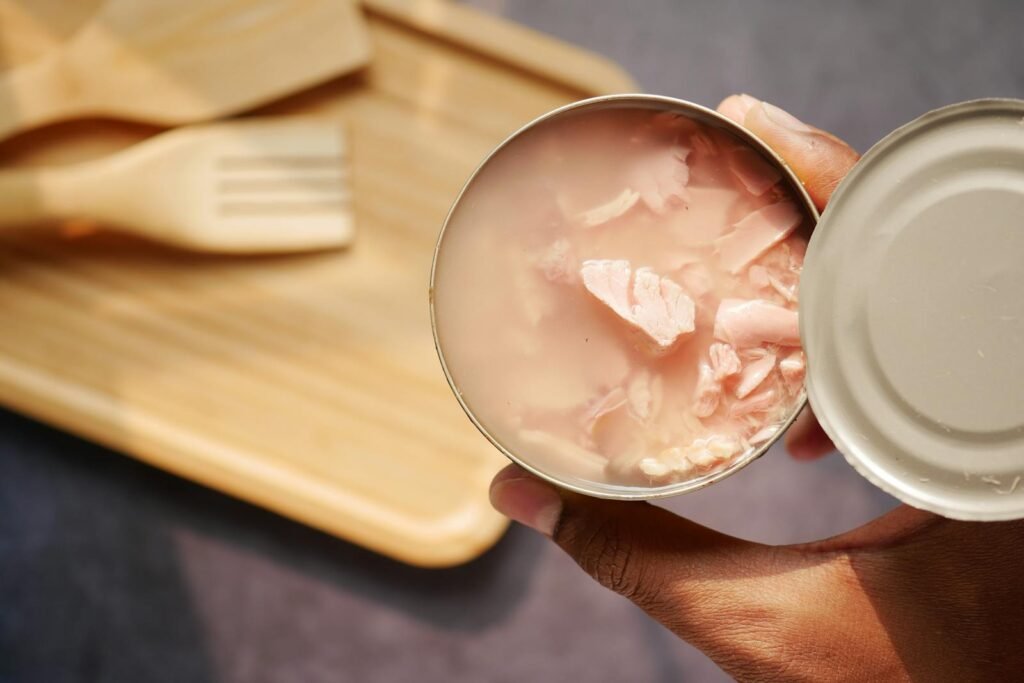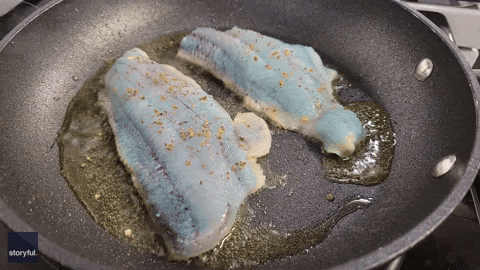Research studies based on culinary processing of fish revealed that cooking at high temperature for long time results in loss of beneficial fatty acids, eicosapentaenoic acid (EPA) and docosahexaenoic acid (DHA). Among the culinary processes, frying has the most noticeable effect on the lipid quality of fish, mainly due to exchange of fatty acids between frying oil and fish. This exchange of fatty acids mostly depends on the frying oil used. The worse culinary treatment for fish and shellfish is frying using margarine.

The changes in lipid profile of tuna after cooking, frying and microwave heating were determined. The loss of saturated fatty acids in fried tuna was 70% while increase in polyunsaturated fatty acid was 50% due to the uptake of oil. The losses of EPA and DHA were minimum in cooked and microwave heated tuna whereas the losses due to frying were quite severe. In case of canned fish products, losses depends on the nature of liquid part in the cans which is usually discarded. For example, tuna fish canned in water loses only 3% of the omega-3s when water is removed whereas tuna canned in oil may lose up to 25% omega-3s when oil is discarded. The reason for this greater loss lies in the solubility of omega-3s in oil. Similarly, canning of fish in tomato sauce causes EPA and DHA to leach out in sauce rather their loss.
For further reading
- Effects of culinary treatments on the lipid nutritional quality of fish and shellfish
- Effect of different types of heat processing on chemical changes in tuna
- Analyses and Declarations of Omega-3 Fatty Acids in Canned Seafood May Help to Quantify Their Dietary Intake
- Effect of sterilization on true retention rate of eicosapentaenoic and docosahexaenoic acid content in mackerel (Scomber scombrus), herring (Clupea harengus), and sprat (Sprattus sprattus) canned product




